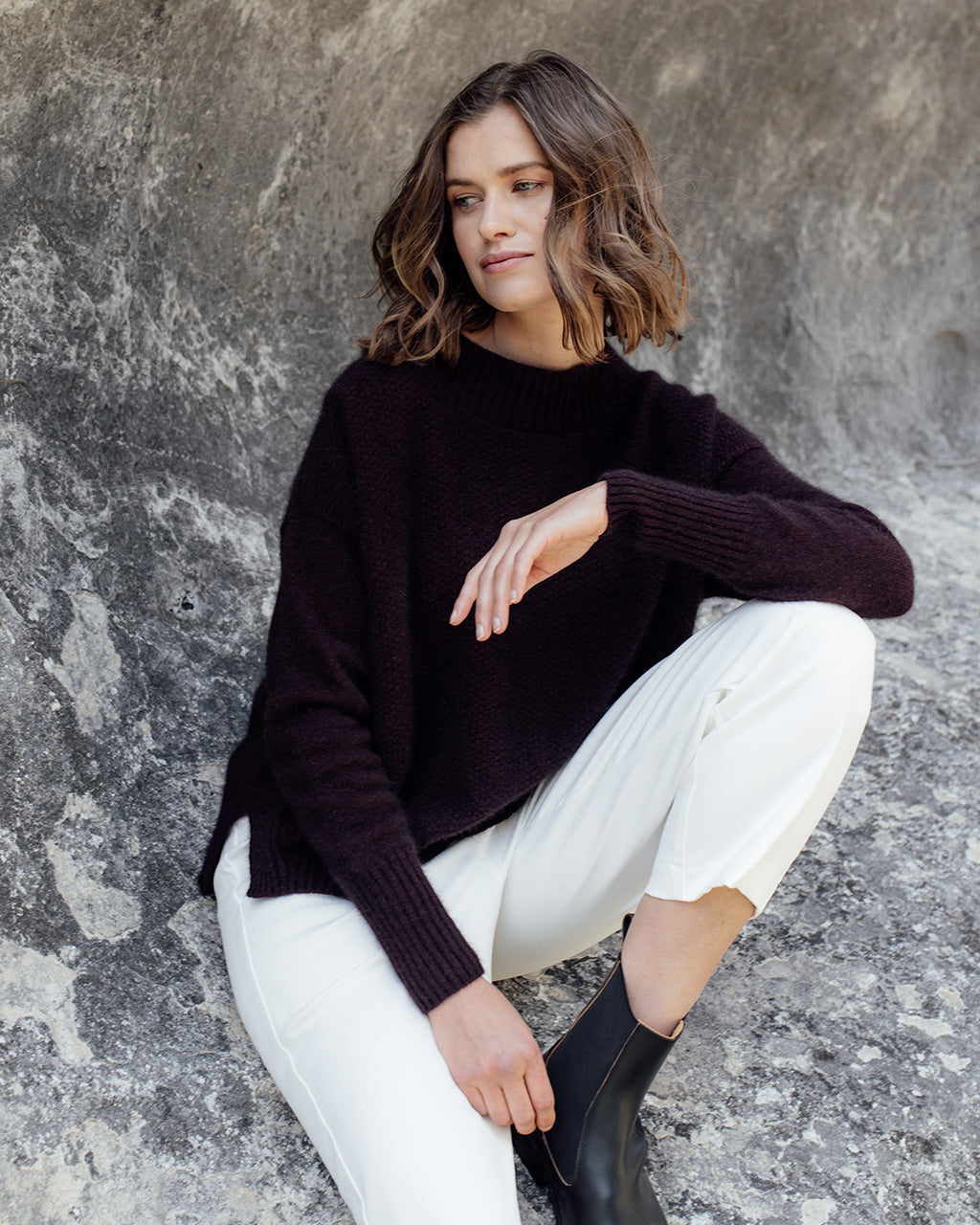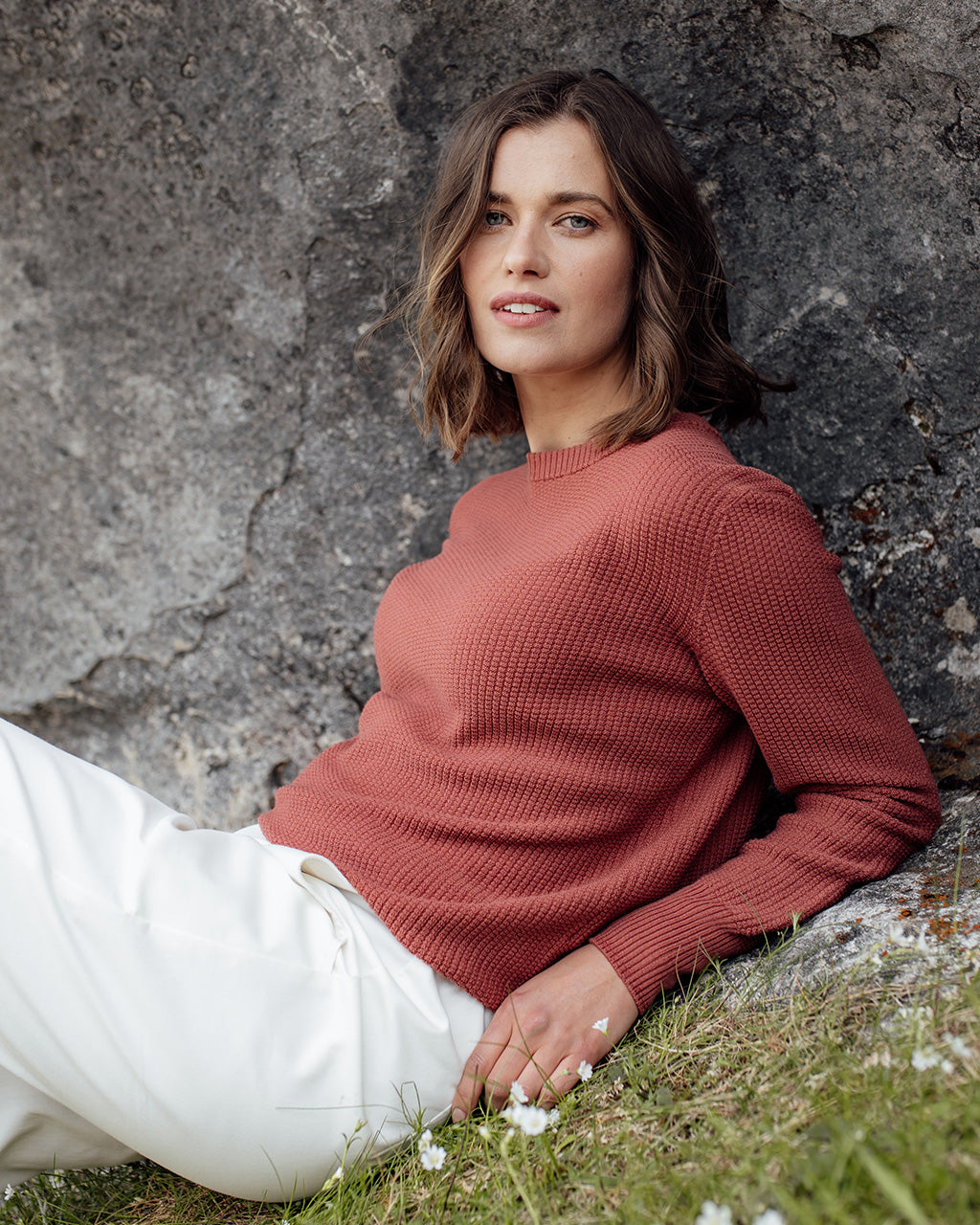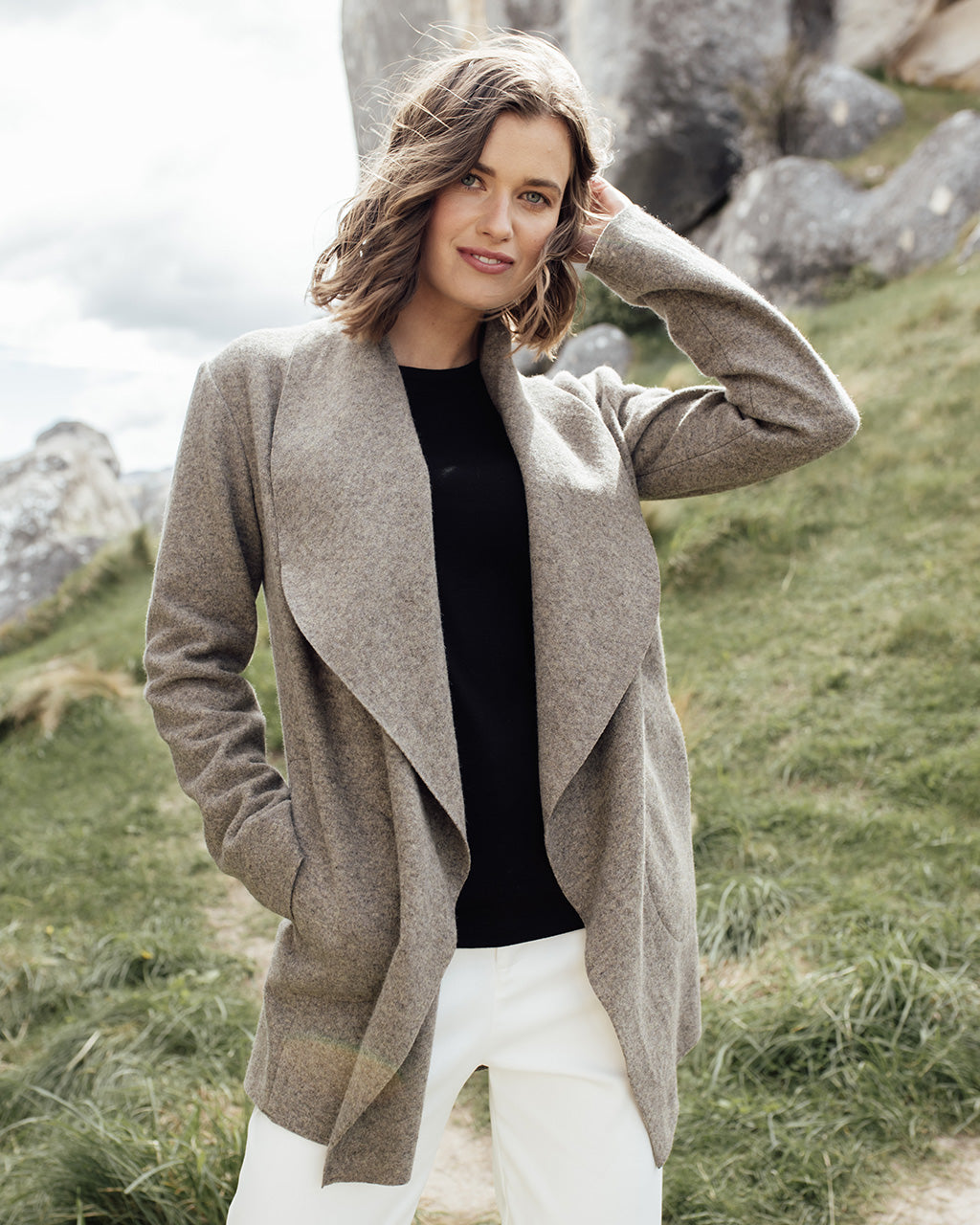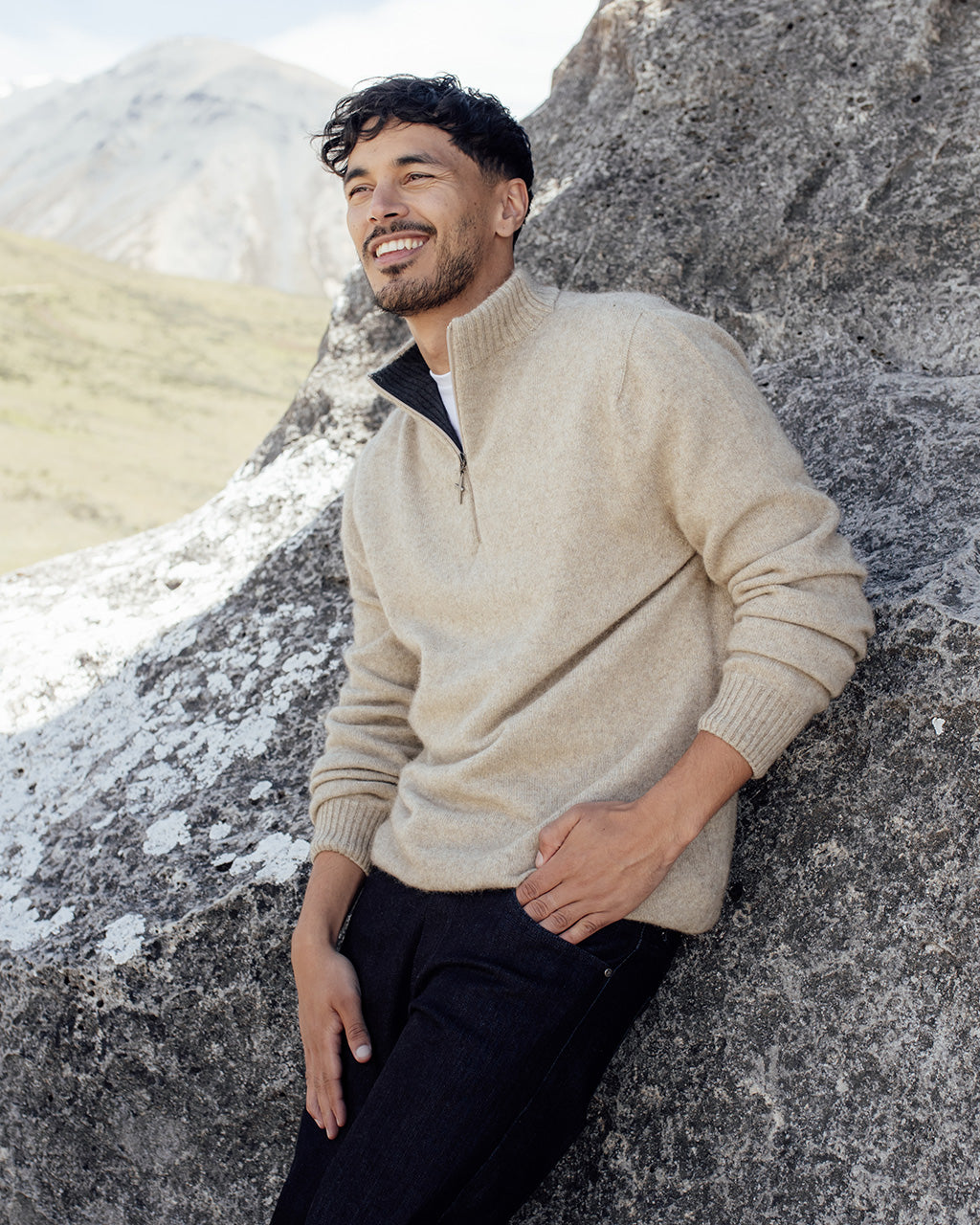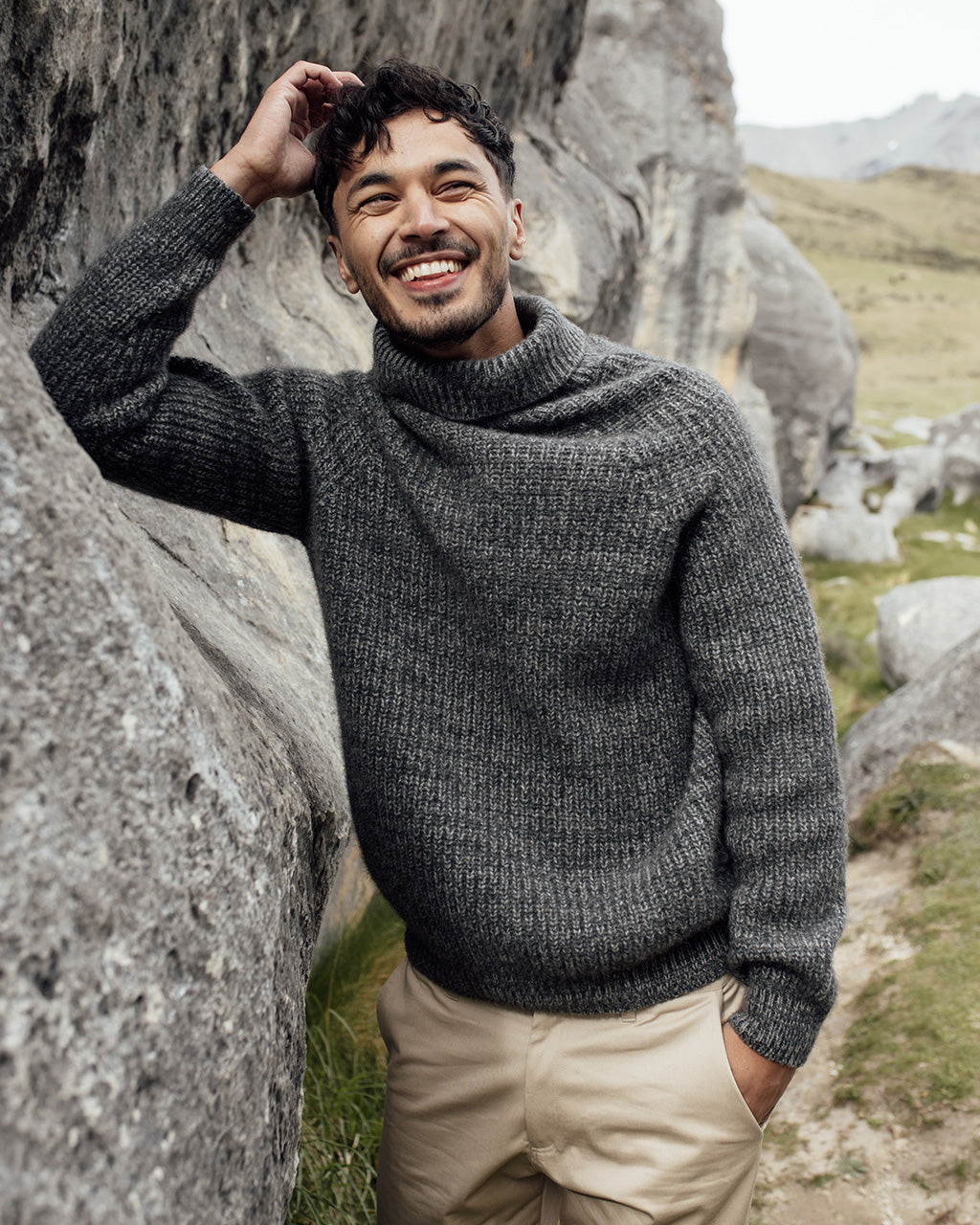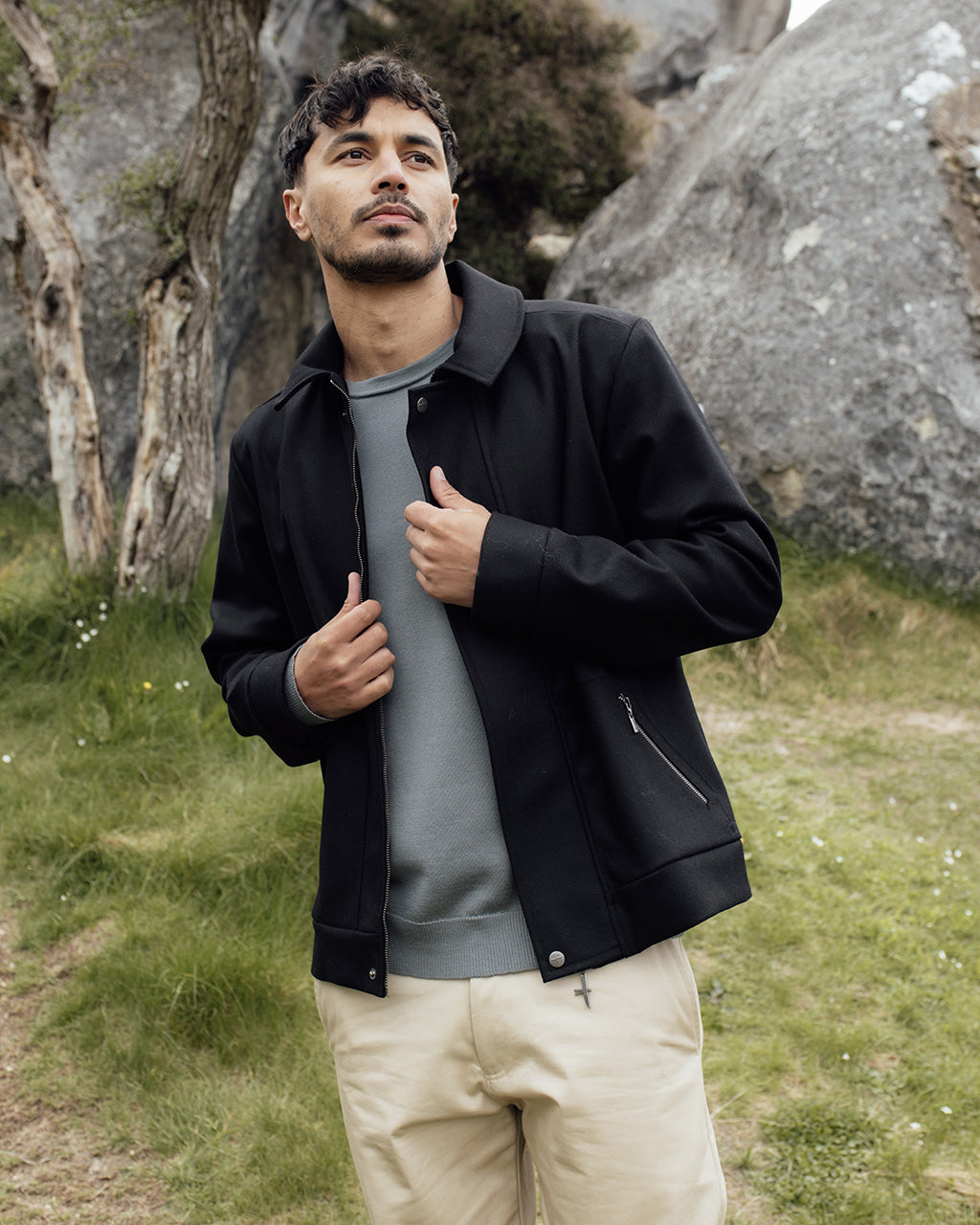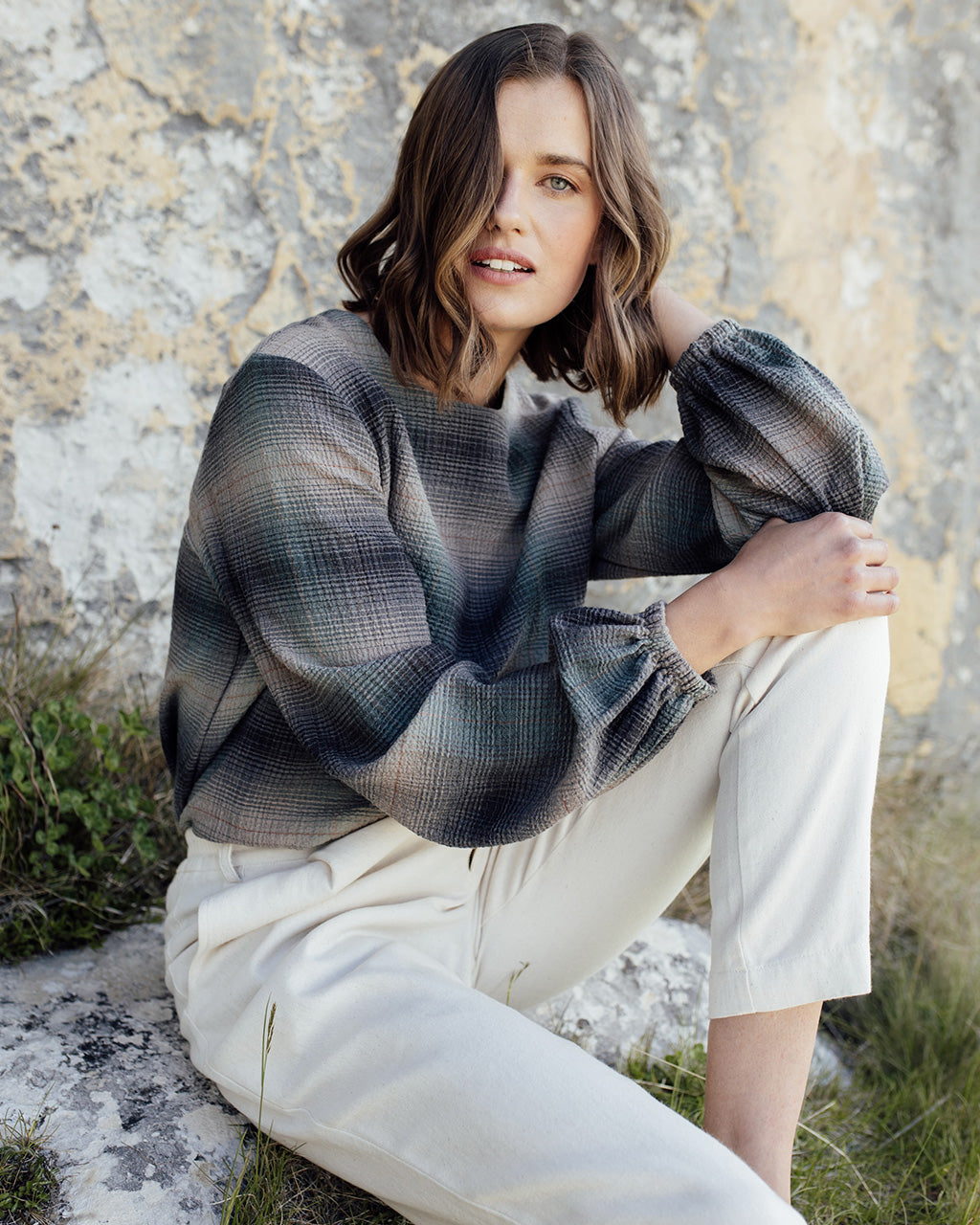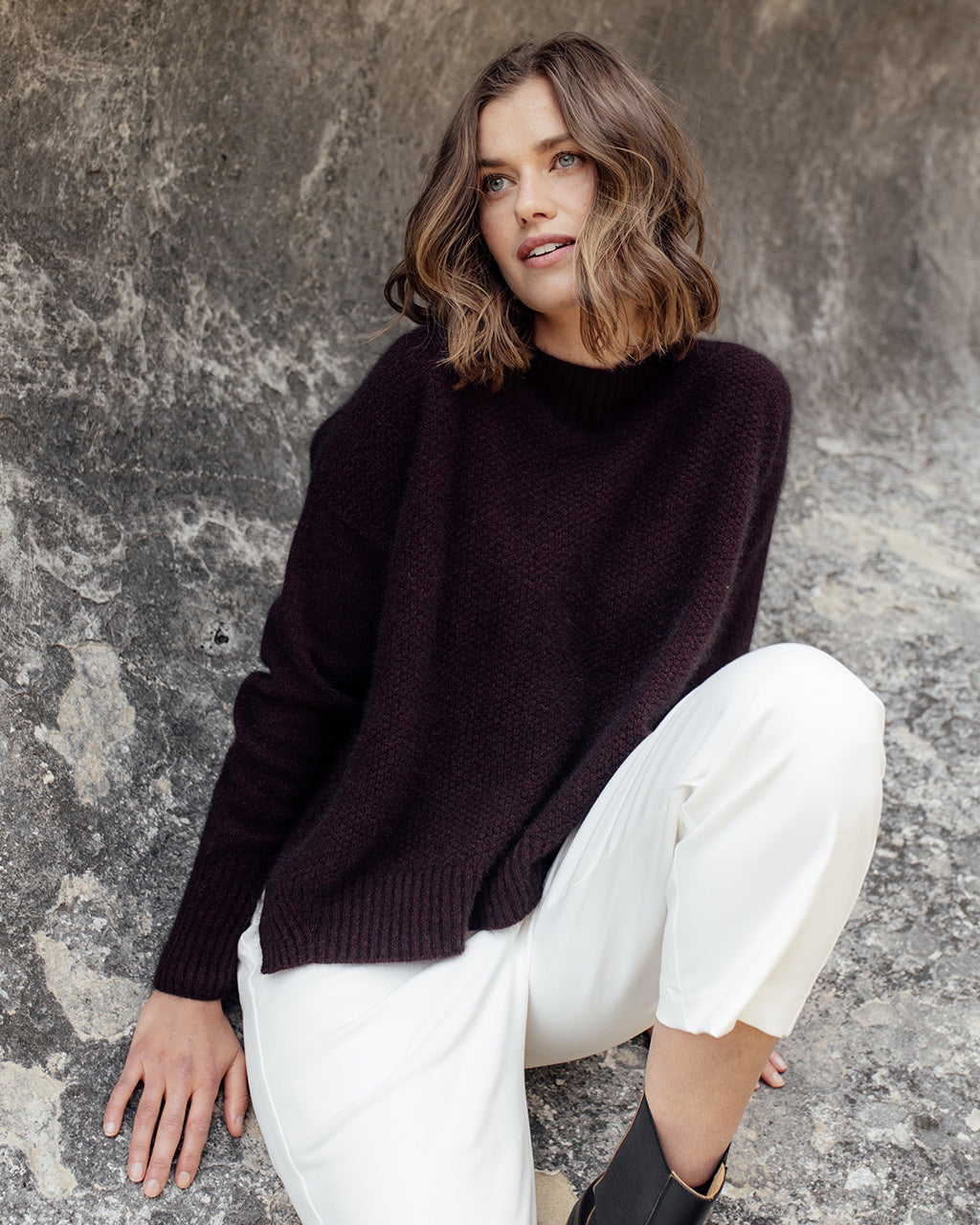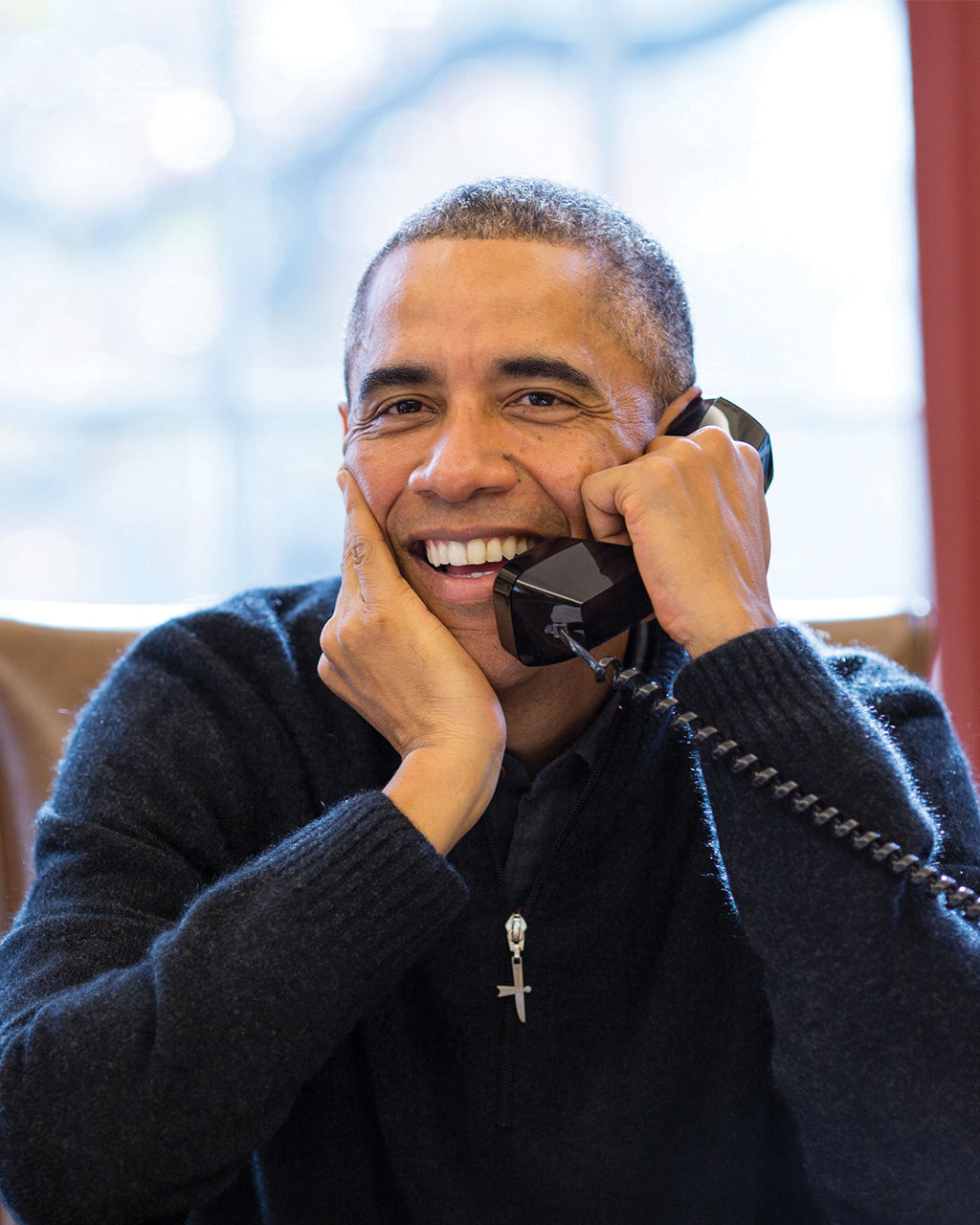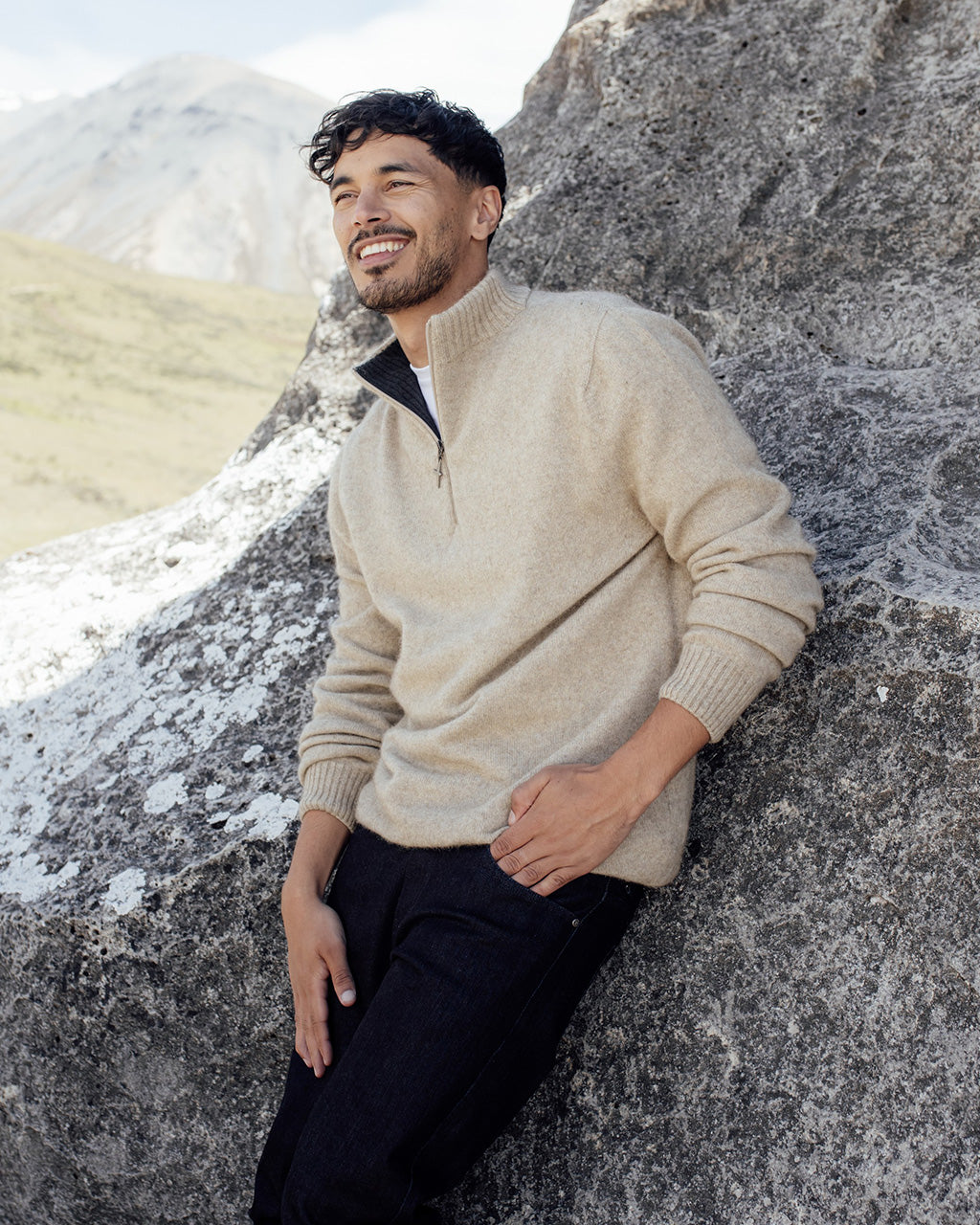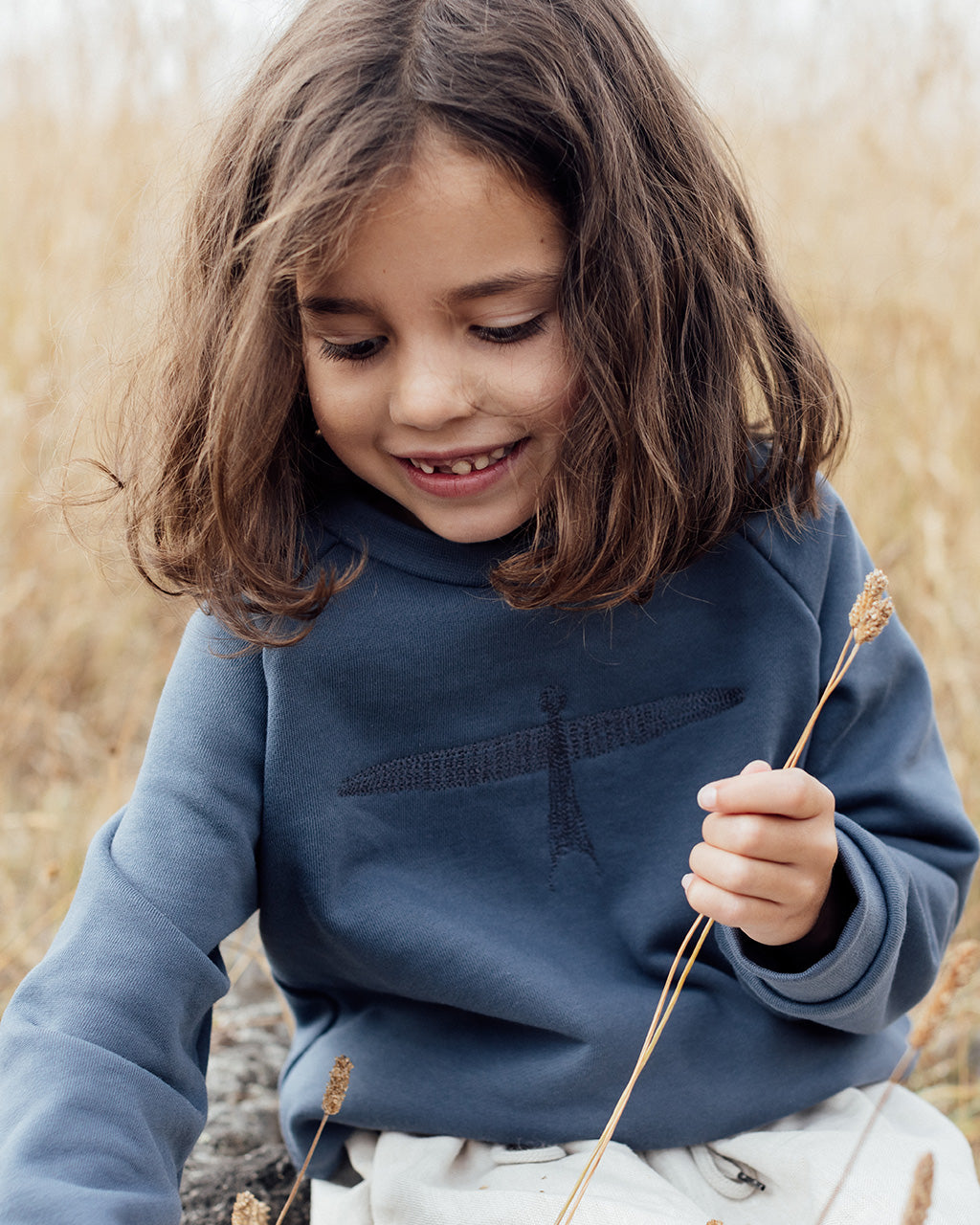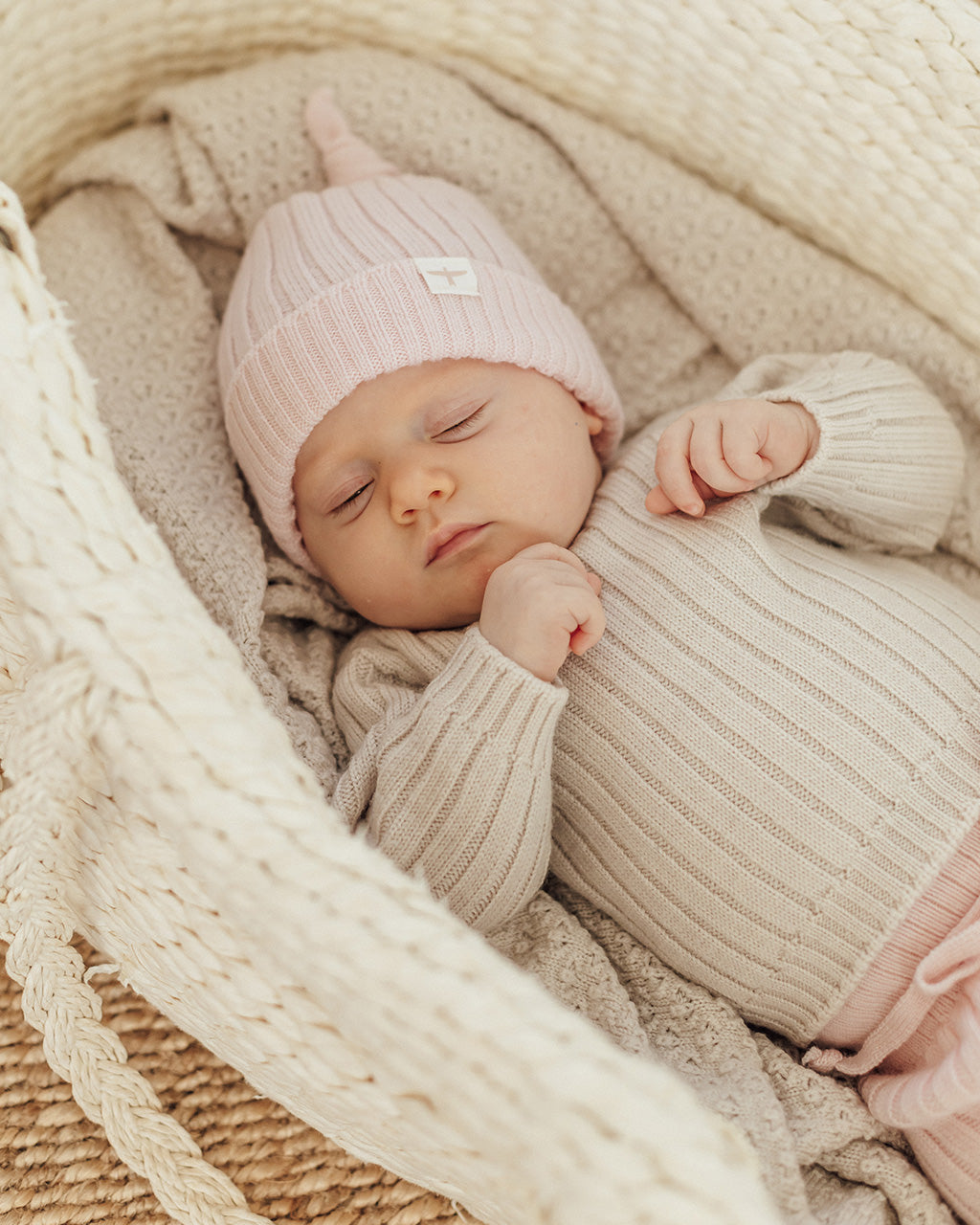The Story of Our Māori Kite Logo
As a New Zealand brand, Untouched World is proud to feature a logo that links us to our local culture. You’ll notice the Māori kite symbol incorporated into the design of most of our garments in some way. Whether it’s embroidered onto the garment, used as a stylish zip pull, or subtly incorporated into our prints, the kite is there to inspire and simultaneously ground us to our culture and world. But it also means much more than that.
The Māori kite symbolises an ideal relationship between people and planet – one which combines natural materials and carefully honed human skills, resulting in beautiful works of art which will one day leave the environment without a trace. It links the earth to the sky, and represents a soaring freedom of the spirit, that’s why we feel it is the perfect embodiment of the Untouched World philosophy. The kite is a constant reminder to us that it is possible to live in harmony with nature, that modern art and fashion don’t have to leave a lasting mark on the environment.
The History of the Māori Kite
Known as manu tukutuku or manu aute, kites were an important part of Māori culture and were traditionally used for recreation, communication, and even divination. Some were used as children’s games, some were flown for adult competitions, and others were said to be imbued with spiritual properties and could only be flown by high-ranking elders or priests. Kites were often used to prophesy the future, depending on their movements in the air currents. At times, tribes might release a kite into the air and follow it, claiming the land where it fell as their own.
Māori kites were always made from natural materials, with the frames crafted from sturdy pieces of mānuka (tea tree) or kareao (supplejack) trees. The fabric of the kites was often made from aute, but when the plant became extinct raupō (bullrush) was used in its place. Flax was used to tie the frame and fabric together as well as to create the line used to fly the kite.
There were 17 types of kites, each of which served a different purpose or indicated a unique tribe. The most striking of these types is the birdman, which incorporated the head and body of a man with the wings of a bird. This type was the usual tribal kite of Ngāti Porou.
It is this type of kite that we chose as our logo. The birdman is a symbol of people and nature in true harmony, allowing humans to reach great heights with the help of nature and without harming our surroundings.
Contemporary Kites
Because Māori kites were made from organic materials which naturally degrade over time, there are only seven remaining original kites in existence. These are on display in museums in Auckland, Wellington, Hawaii, and London. Out of the seven, only two original birdman kites remain.
Thankfully, Māori kite making has enjoyed somewhat of a resurgence, with contemporary artists creating new kites using traditional materials and techniques, ensuring this magnificent art form is not lost to time. In our Christchurch flagship store and head office, we have two stunning birdman kites on display, commissioned by artist Riki Manuel, a nationally recognized master carver and tohunga moko (an expert in Māori tattoos). Like the originals, these kites were skilfully created using natural materials – a perfect representation of our philosophy of sustainable design.
To learn more about the original Māori kites, check out these great sources:
- Gerry Barton: A MAORI BIRDMAN KITE IN THE AUCKLAND MUSEUM: A Description and an Account of the Conservation Treatment
- Te Ara – The Encyclopedia of New Zealand: Kites and manu tukutuku
